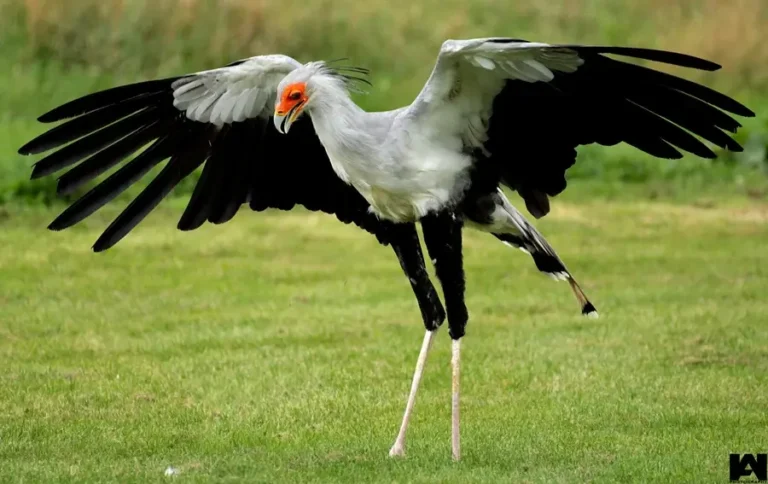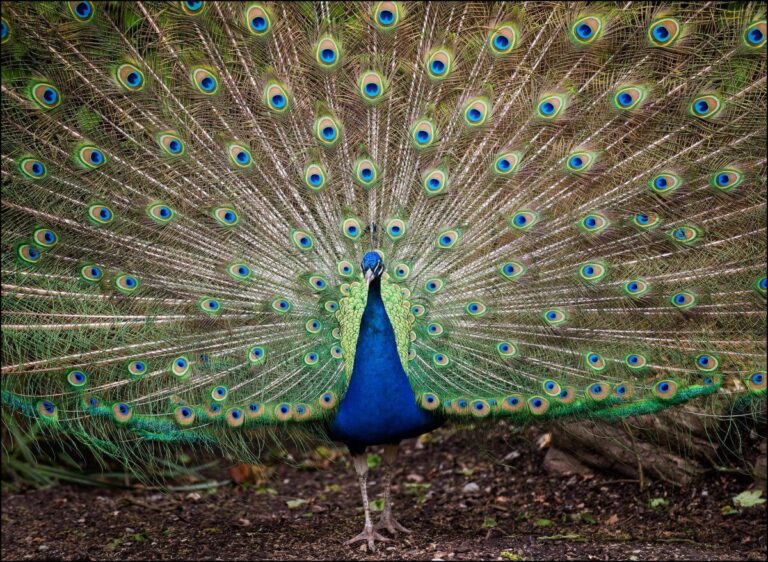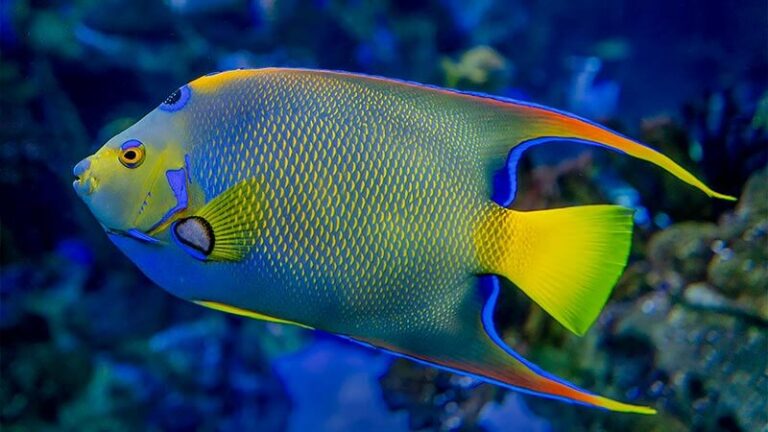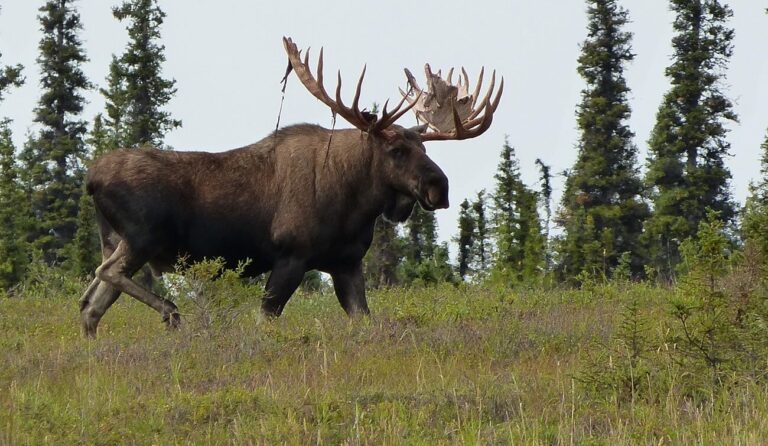Swan: An In-Depth Look at the Elegant Waterfowl
Swans are among the world’s most recognizable and beloved waterfowl, known for their grace, beauty, and powerful presence in myths and cultures worldwide. This in-depth article explores the scientific classification, physical characteristics, habitat, behavior, diet, reproduction, predators, conservation status, interesting facts, evolutionary history, and their relationship with humans.
Contents
Scientific Classification
- Kingdom: Animalia
- Phylum: Chordata
- Class: Aves
- Order: Anseriformes
- Family: Anatidae
- Genus: Cygnus
Swans are closely related to ducks and geese, belonging to the Anatidae family. The genus Cygnus includes several species, such as the Mute Swan (Cygnus olor), Trumpeter Swan (Cygnus buccinator), and Black Swan (Cygnus atratus).
Physical Characteristics

Swans are among the largest flying birds, characterized by their long necks, large bodies, and distinctive white or black plumage. Here are some notable features:
- Size: Swans are large birds, with a wingspan ranging from 6 to 8 feet (1.8 to 2.4 meters) and weighing between 15 to 30 pounds (6.8 to 13.6 kilograms), depending on the species.
- Plumage: Most swan species are white, though the Black Swan has striking black plumage with red bills. The white plumage provides excellent camouflage in snowy or icy habitats.
- Bill: Swans have broad, flat bills, usually orange or black, depending on the species. The bill is designed for foraging in aquatic environments.
- Legs and Feet: Swans have short legs with webbed feet, which are adapted for swimming but make them relatively clumsy on land.
Habitat
Swans are highly adaptable and can be found in a wide range of freshwater and brackish environments, including:
- Lakes and Ponds: Swans often inhabit large bodies of freshwater, where they can easily find food and build nests.
- Rivers and Marshes: Swans are also found along rivers and in marshlands, particularly during migration.
- Coastal Lagoons: Some species, such as the Black Swan, are often found in coastal and brackish water environments.
Behavior

Swans are known for their strong pair bonds and territorial behavior, especially during the breeding season.
- Social Structure: Swans are generally social outside the breeding season, often forming flocks, but they become highly territorial when nesting.
- Communication: They use a range of vocalizations, body language, and displays, such as hissing and wing-flapping, to communicate with each other and to ward off threats.
- Migration: Some swan species, like the Tundra Swan (Cygnus columbianus), are migratory, traveling thousands of miles between breeding and wintering grounds.
Diet
Swans are omnivorous, with a diet that primarily consists of:
- Aquatic Vegetation: Swans feed mainly on submerged and emergent aquatic plants, such as pondweed, algae, and reeds.
- Invertebrates and Small Fish: While plants make up most of their diet, swans also consume small insects, mollusks, and occasionally small fish, especially during molting or breeding seasons when they need extra protein.
- Grains and Seeds: Swans may also forage on agricultural lands, eating grains and seeds when available.
Reproduction
Swans are monogamous and known for their lifelong pair bonds. Here’s a look at their reproductive behavior:
- Nesting: Swans build large nests of reeds, grasses, and other vegetation near water. The female (pen) usually lays between 3 to 8 eggs.
- Incubation: The female incubates the eggs for about 35 to 41 days while the male (cob) guards the nest and its surroundings.
- Cygnets: Swans are attentive parents. The young, known as cygnets, are born with gray down and stay with their parents for several months until they can fend for themselves.
Predators
While adult swans have few natural predators due to their size and defensive nature, eggs and cygnets are vulnerable:
- Egg Predators: Raccoons, foxes, and birds of prey, such as crows and gulls, are known to raid swan nests.
- Cygnets Predators: Young swans can fall prey to snapping turtles, large fish, and birds of prey like eagles and hawks.
Conservation Status
The conservation status of swans varies by species:
- Mute Swan: Least Concern, though it faces habitat loss and human-related threats in some areas.
- Trumpeter Swan: Previously endangered due to hunting, conservation efforts have helped this species recover.
- Whooper Swan: Generally considered stable but faces habitat destruction and climate change threats.
Interesting Facts
- Symbol of Love: Swans are often associated with love and loyalty due to their lifelong monogamous pairings.
- Migratory Journeys: Some swans migrate over 4,000 miles annually, demonstrating remarkable stamina and navigation skills.
- Cultural Significance: Swans have been featured in myths, folklore, and art across various cultures, symbolizing beauty, purity, and transformation.
Evolutionary History
Swans are believed to have evolved around 10 to 12 million years ago. Fossils of ancient swans have been found in regions that were once vast wetlands, indicating their long-standing adaptation to aquatic habitats.
Relationship with Humans
Swans have a complex relationship with humans, are admired for their beauty, and are often depicted in art and literature. However, swans can become aggressive when defending their nests, and conflicts sometimes arise in areas considered invasive.
- Domestication: Swans have been semi-domesticated in some cultures, especially the Mute Swan, historically kept by royalty.
- Ecological Impact: In some regions, swans are considered invasive species due to their impact on local ecosystems, such as overgrazing aquatic vegetation.
Conclusion
Swans are remarkable birds that have captivated humans for centuries with their elegance and grace. Their adaptability, strong family bonds, and impressive migrations make them a fascinating subject of study. While generally thriving, swans face habitat loss, pollution, and climate change challenges, highlighting the importance of conservation efforts to protect these iconic waterfowl for future generations.
- Are Rottweilers Good With Kids? Reasons & Training Tips - 17 September 2025
- How Long Are Dogs Pregnant: Complete Guide - 16 September 2025
- German Shepherd Doberman Mix: Info, Pictures, Care & More - 11 September 2025







